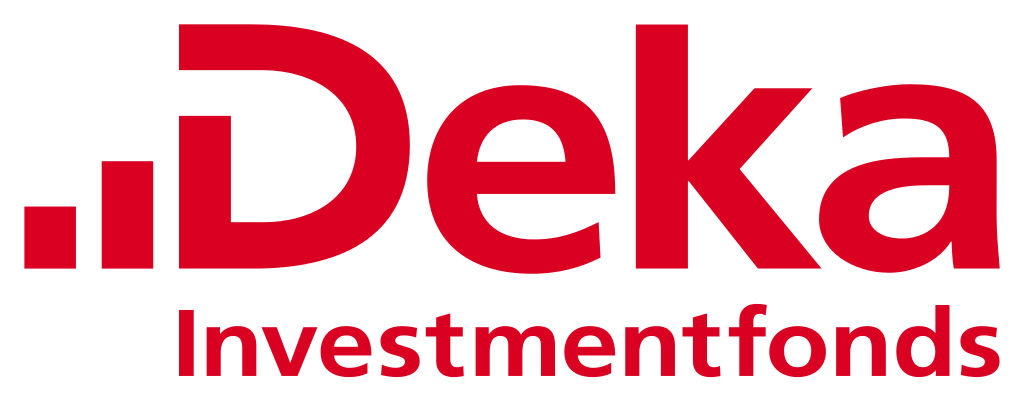ETF issuers flooded the market with climate change ETFs last year following the release of the European Union’s climate benchmarks in November 2019, however, there are some corners of the industry warning about the potential risks of these strategies and the greenwashing they are encouraging.
In Europe, there are now a total of 21 ETFs offering equity and bond exposure to the EU Technical Expert Group’s (TEG) two climate benchmarks; the Climate Transition Benchmark (CTB) and the Paris-aligned Benchmark (PAB).
The first to launch in March 2020 was French asset manager Lyxor which offers the most extensive range with seven equity ETFs while German issuer Deka has captured the most inflows.
Overall, climate ETFs have seen $1.3bn inflows, as of 29 January, according to data from Bloomberg Intelligence, highlighting the growing investor demand for climate solutions this side of the pond.
Despite their relatively successful starts, however, index provider Scientific Beta along with a number of investors have been quick to point to the “significant flaws” in these strategies and even warned about the potential for greenwashing.
Where Scientific Beta takes issue, in particular, is around the index construction methodology, the EU TEG’s choice of decarbonisation metrics and “primitive approach” to sectoral issues.
In a report, entitled A Critical Appraisal of Recent EU Regulatory Developments Pertaining to Climate Indices and Sustainability Disclosures for Passive Investment, the index provider said these factors were facilitating greenwashing.
Furthermore, Scientific Beta stressed the lack of publicly available data used in the benchmarks created “an uneven playing field” that was harming competition in the index provider space.
Taking a deeper look at the decarbonisation constraints, the report said the benchmarks promoted the outright divestment of high carbon intensity assets crucial to the transition towards global net zero emissions through a number of minimum requirements.
“PAB activity exclusions de facto exclude the coal and oil and gas sectors along with the majority of electricity producers,” the report continued. “While the number of oil and gas companies boldly transitioning is extremely limited, the exclusion of the industry does little to encourage transition leadership in this key sector.
“A wider-ranging compatibility issue is created by the sharp, benchmark-relative, portfolio-level reductions in ‘carbon intensity’ that promote portfolio decarbonisation at onset through divestment of high carbon intensity assets rather than continued investment and incentivising of transition.”
Elsewhere, Scientific Beta highlighted a move away from the industry standard carbon calculation, the weighted average carbon intensity (WACI), that is recommended by the Task Force on Climate-related Financial Disclosures (TFCD) to a “counterproductive” calculation that is based on enterprise value including cash (EVIC).
This means is greenhouse gas emissions (GHG) are not attributed to a company’s revenue but to the value of the company.
As Andrew Limberis, investment manager at Omba Advisory & Investments, warned: “Using enterprise value will also treat value and growth companies very differently.
“In a hypothetical scenario of a value company, with the same revenue and emissions in a single year as a growth company, the value company will have a very different carbon intensity score as the same level of emissions, by both companies, would be divided by a much higher enterprise value for the growth company.
“The use of EVIC introduces too many unpredictable and unrelated variables resulting in an inefficient allocation to low carbon intensity companies – a core objective of ESG.”
As a result, EVIC, the report said, “encouraged greenwashing” as it introduced equity market volatility into measurement and incentivised index construction on unreliable data.
Scope 3 emissions
An area of consideration for ETF issuers has been how to incorporate Scope 3 emissions – the indirect impact in a company’s value chain.
For example, in 2019, Apple had Scope 1 emissions of 50,540, Scope 2 of 0 and Scope 3 of 24.5 million.
In order to address this, François Millet, head of ETF strategy, ESG and innovation at Lyxor, said the firm had worked with MSCI and S&P Dow Jones Indices to ensure they were both able to integrate Scope 3 in their indices despite the benchmark regulation only enforcing this over the next four years.
“Scope 3 is very important especially in sectors such as oil and gas,” Millet continued. “However, it is a complicated area as asking an oil company to reduce Scope 3 emissions is asking it to reduce its business.”
While Scope 3 emissions are material to the pursuit of a net zero future, Frédéric Ducoulombier, ESG director at Scientific Beta, and author of the report, said the current state of Scope 3 reporting meant the data usually led to sector estimates that are unfit for the purpose of stock selection.
“It follows necessarily that joint consideration of Scope 1 to 3 emissions for index construction, which the act encourages, would drown out any corporate-level signal present in Scope 1 to 2 emissions in a sea of sector/product-based Scope 3 noise,” the report explained.
“Here again, the efforts made by companies in the mitigation of their greenhouse gas emissions would be disregarded.”
A step in the right direction?
While the benchmarks have significant flaws as highlighted by the Scientific Beta report, the climate ETFs that track them provide investors with a good starting point when looking to have a positive impact in the fight against climate change.
Matt Brennan, head of passive portfolios at AJ Bell, said if his firm were to launch a climate multi-asset product, he would definitely be looking at products tracking the EU climate benchmarks.
“It is the investing equivalent of an EU Kitemark that we see on other products,” he added.
Michael John Lytle, CEO of Tabula, which recently launched Europe’s first investment grade climate ETF, the Tabula EUR IG Bond Paris-Aligned Climate UCITS ETF (TABC), said although the benchmarks are not perfect, they at least set a clear direction of travel.
“We expect the landscape of climate investment to evolve dramatically in the next few years but, given the urgency of the problem, we need to start now and it is great that the EU has taken practical action,” Lytle continued.
“With the PAB criteria, in particular, there is a big reduction in emissions achieved largely by excluding fossil fuels. As a result, these products are focused on the economy of tomorrow, not the economy of yesterday.”
Climate change ETFs: What is all the fuss about?
However, Ducoulombier concluded investors looking to enable better decision making around sustainability should do their due diligence on index methodologies to avoid “associating with greenwashing”.
“While it is regrettable that the EU Climate Benchmark regulation encourages greenwashing, institutional investors have the agency, if not the fiduciary duty, to avoid becoming complicit.”











